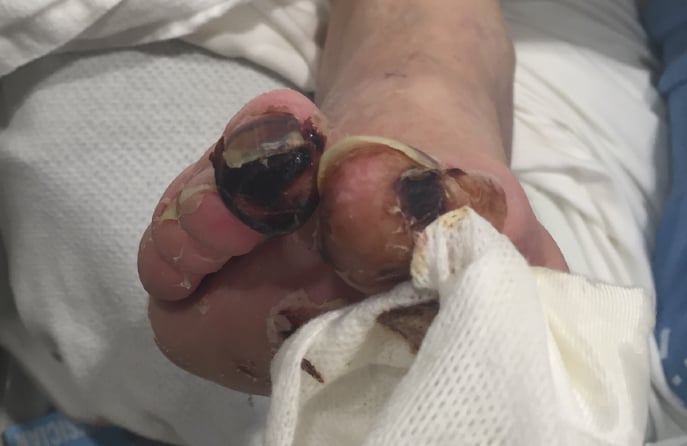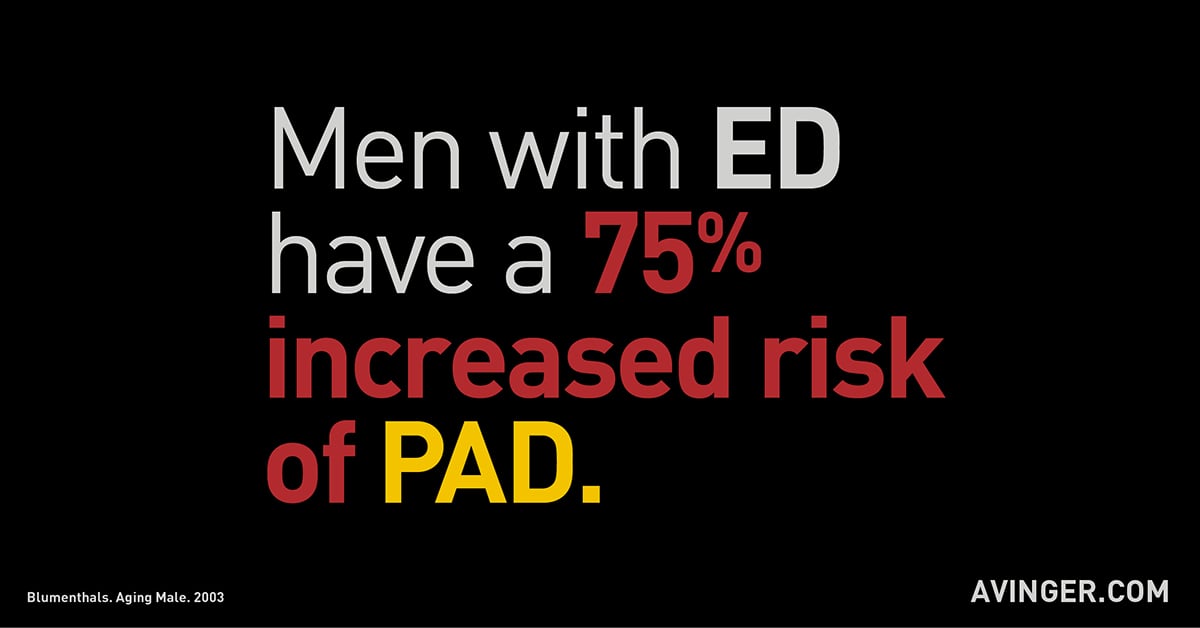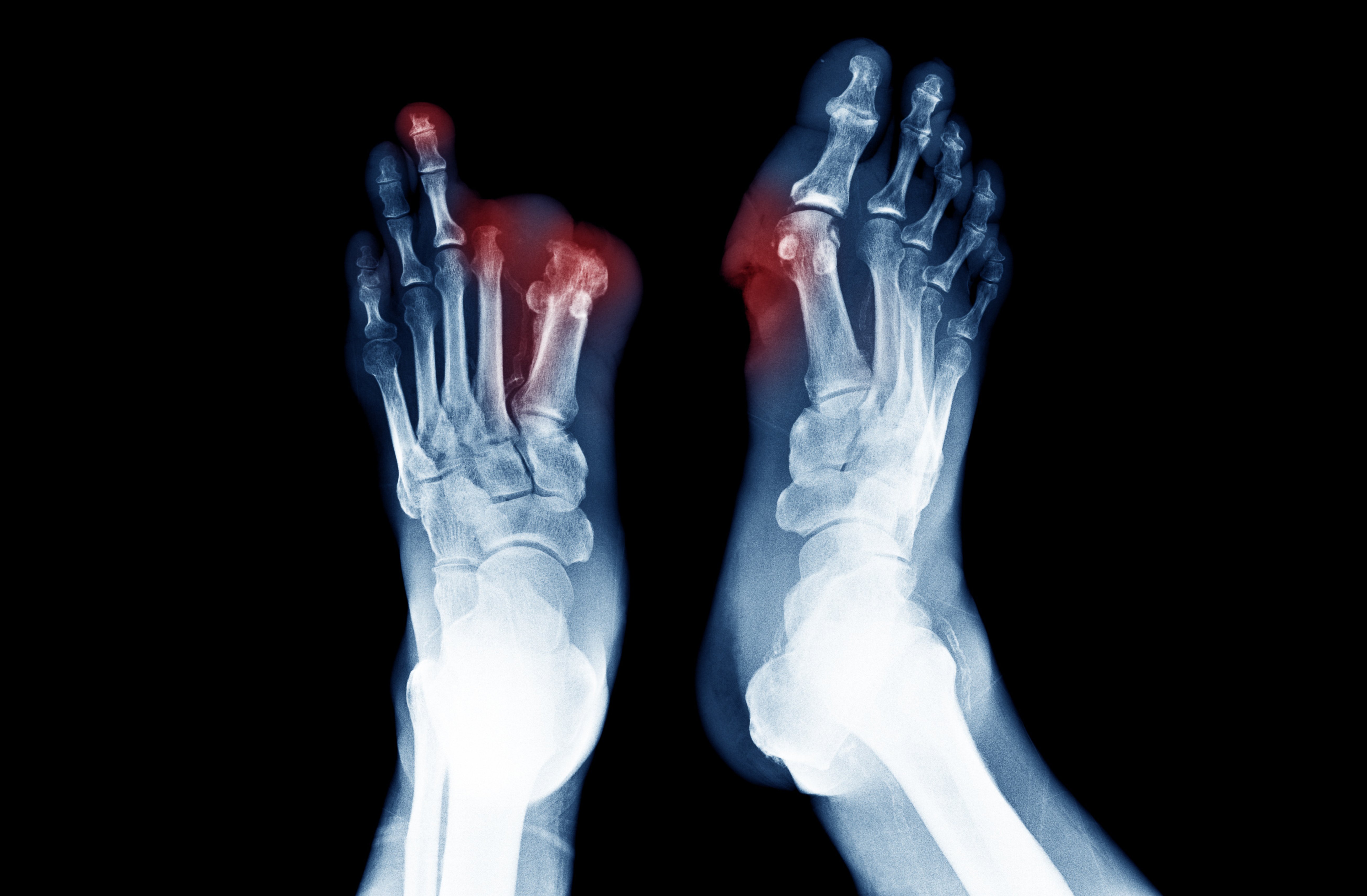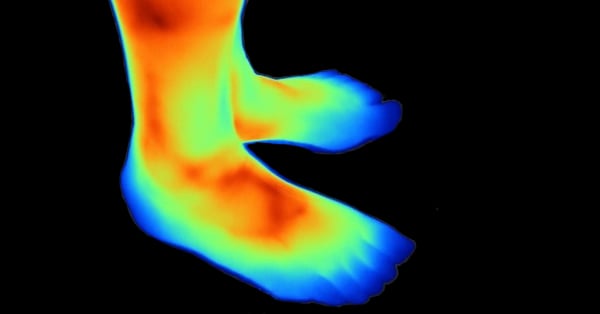Topics: Peripheral Artery Disease, Smoking, Lumivascular, Poor Circulation
Researchers suggest that doctors aren’t doing enough to encourage their patients to quit smoking.

People who smoke and have Peripheral Artery Disease (PAD) have blocked and narrowed blood vessels in their lower limbs which can have very serious complications and affect quality of life.
The Research on Smoking and Peripheral Artery Disease?
Smoking can dramatically increase a person’s risk of developing Peripheral Artery Disease and is one of the few preventable risk factors for PAD.
A study looked at 1,272 patients suffering from Peripheral Artery Disease around the world. While a third of the patients were current smokers, less than a fifth of them were referred to counseling to stop smoking.1 Only 1 in 10 of the patients who currently smoke was prescribed medication to help them quit.
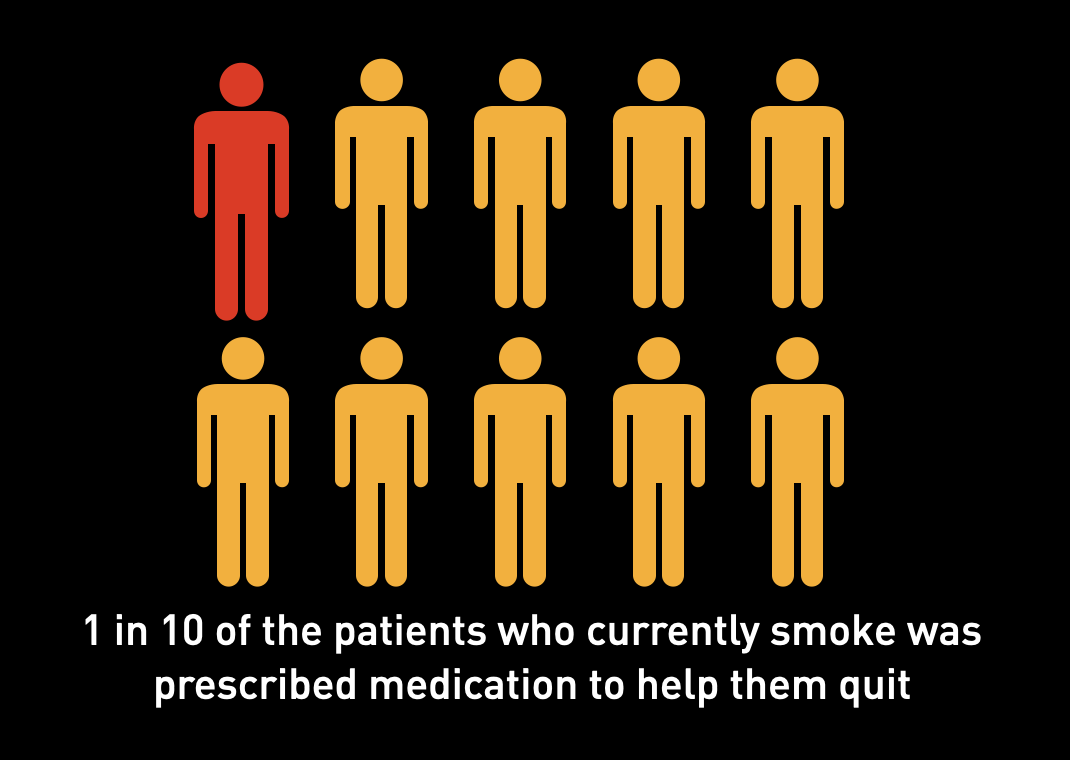
As previously mentioned, smoking is a preventable risk factor for Peripheral Artery Disease so it is crucial that doctors are strongly advising their patients to quit and giving them the tools they need to stop smoking.
According to the author of the study, Dr. Krishna Patel of the University of Missouri, smoking not only increases the risk of PAD, but it also worsens the disease and increases a patient’s risk of losing limbs from Peripheral Artery Disease.
Even though quitting smoking is extremely difficult, it may stop the progression of a patient’s PAD and can even reverse some of the risks associated with the disease.
Negative Effects on Smoking on PAD?
The toxins and chemicals in cigarette smoke can severely damage the many pathways in the body. This combined damage from the toxins can lead to internal injuries and worsen PAD.
Not only does smoking cause internal damage, smoking is also a major risk factor for developing the worst form of Peripheral Artery Disease, known as critical limb ischemia (CLI). Critical limb ischemia is caused by having severe plaque blocking the arteries of your lower limbs like your legs and feet. Some of the symptoms of CLI include pain while not moving the legs, ulcers or gangrene. Nearly 70% to 90% of patients with critical limb ischemia currently smoke or are ex-smokers.
One of the worst effects from smoking is that it may require you to get an amputation. Amputations are much more common in patients with PAD who have been heavy smokers than in patients who did not smoke. Smoking clearly negatively affects patients with peripheral artery disease. If you are a current or ex-smoker experiencing symptoms of PAD, removing plaque from your arteries and restoring blood flow might be the right option for you.
One option, called Lumivascular atherectomy, is a technological advancement that has a camera-like imaging fiber on the end of a plaque removal device. This camera allows a physician to see inside the patient’s artery in real time while they move through the blockage. Only through Lumivascular atherectomy can your doctor see inside your artery while safely removing the plaque and returning blood flow to your legs and feet.
Throughout the entire procedure, your physician will be able to clearly see inside the obstructed artery and see the difference between your healthy and diseased tissue. Additionally, your physician will then be able to remove as much plaque as is needed. After the Lumivascular procedure, the hope is that you will be able to improve the circulation of your foot and leg because of the restoration of a healthy blood flow to your limbs.
Take Action:
- Learn more about Lumivascular atherectomy
- Find a Lumivascular doctor in your area
Helpful Resources
- What You Should Know About Smoking and Peripheral Artery Disease (PAD)
- What Is Peripheral Artery Disease?
If you have found this article helpful, please don’t forget to share!
References:
-
Krishna K. Patel, et al. Originally published3 Oct 2018. https://doi.org/10.1161/JAHA.118.010076 Journal of the American Heart Association. 2018;7:e010076

